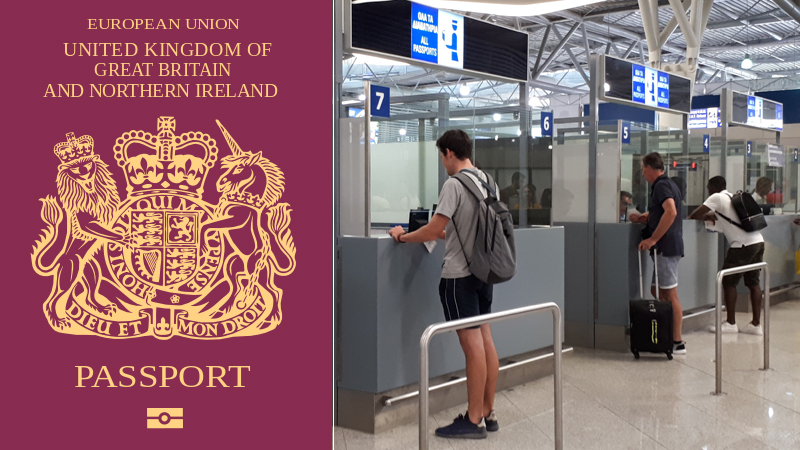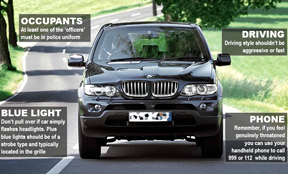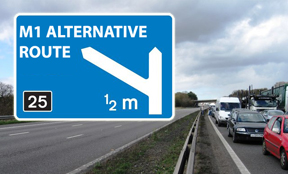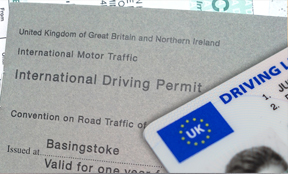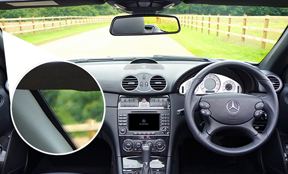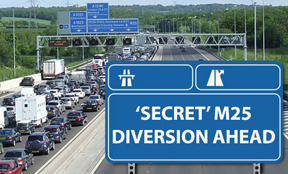
Drivers can now get behind the wheel of heavier zero-emission vans using a standard licence – and tow more too – thanks to new rules that have come into force.
From Tuesday, June 10, changes to UK driving licence laws mean anyone with a standard category B licence can legally drive electric vehicles weighing up to 4.25 tonnes – bringing battery-powered vans, trucks and minibuses in line with their lighter petrol and diesel counterparts.
To account for the added weight of electric vehicle batteries, the new rules apply to vans, minibuses, SUVs, trucks, and any type of vehicle that would normally fall within the 3.5-tonne limit if powered by petrol or diesel.
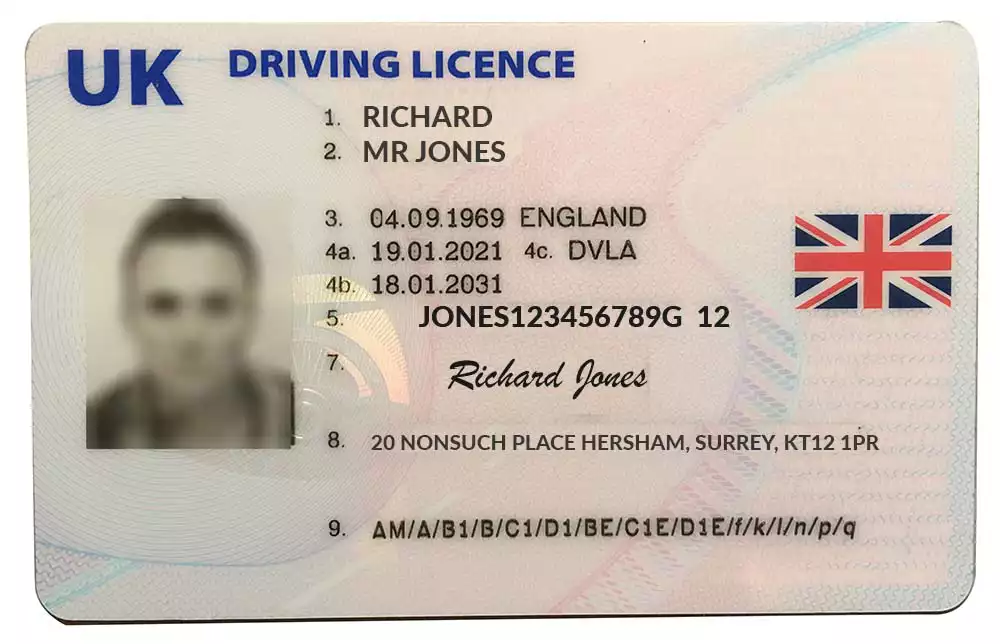 Driving licence change means more people can drive heavier electric
vans
Driving licence change means more people can drive heavier electric
vans
What’s changed for electric van drivers?
The headline change is simple: you no longer need additional training or certification to drive an electric van up to 4.25 tonnes if you already hold a category B licence. Previously, drivers would need to take an additional five-hour training course to drive anything over 3.5 tonnes. That requirement has now been scrapped.
This update makes it easier for businesses and individuals to switch to cleaner electric vehicles without facing extra red tape or costs associated with training.
What about towing rules?
There’s good news on towing too. The maximum authorised mass (MAM) of a vehicle and trailer combination for these heavier electric vans is now 7,000kg, an increase that aligns zero-emission vans with their diesel and petrol equivalents.
Here’s how it works:
- If your electric van weighs the maximum 4,250kg, your trailer can weigh up to 2,750kg.
- However, no trailer being towed can exceed 3,500kg on its own.
- If you passed your driving test before January 1, 1997, you already had rights to tow up to 8.25 tonnes total – and that still stands.
Why has this happened now?
The original weight limit increase to 4.25 tonnes for electric vans was introduced as a temporary measure in 2018, but only for goods vehicles and still with training requirements.
These new rules finally make the change permanent and widen it to include all types of eligible vehicles, not just commercial vans.
It’s all part of a broader push to encourage cleaner, greener transport by reducing the barriers people face when upgrading to electric.
Is this enough to help fleets go electric?
Not quite – according to the British Vehicle Rental and Leasing Association (BVRLA), more changes are still needed. While the new rules will make EVs more accessible for smaller operators and personal users, several key barriers remain, especially for fleet managers.
These include:
- Complex rules on tachographs and drivers’ hours
- Requirements for speed limiters
- Annual vehicle testing that applies differently to heavier EVs
Toby Poston, BVRLA chief executive, welcomed the changes, saying:
“These changes are long overdue and leave a couple of other urgent updates waiting in the wings.”
He also said the association is pushing for further reforms through its Zero Emission Van Plan coalition.
“Government knows the levers that need to be pulled and we are optimistic that today’s changes mark the start of more progress to come.”
Are people buying these heavier electric vans?
There are signs that interest is growing. Registrations of electric vans up to 4.25 tonnes rose by 77.5% in April, according to SMMT figures, with 1,686 units sold. EVs now account for 8.3% of the UK van market, nearly doubling from 4% a year earlier.
But electric vans between 3.5–4.25 tonnes still make up a small fraction – just 4.4% (75 units) of the total sold in April. This shows there’s still a long way to go in terms of mass adoption.
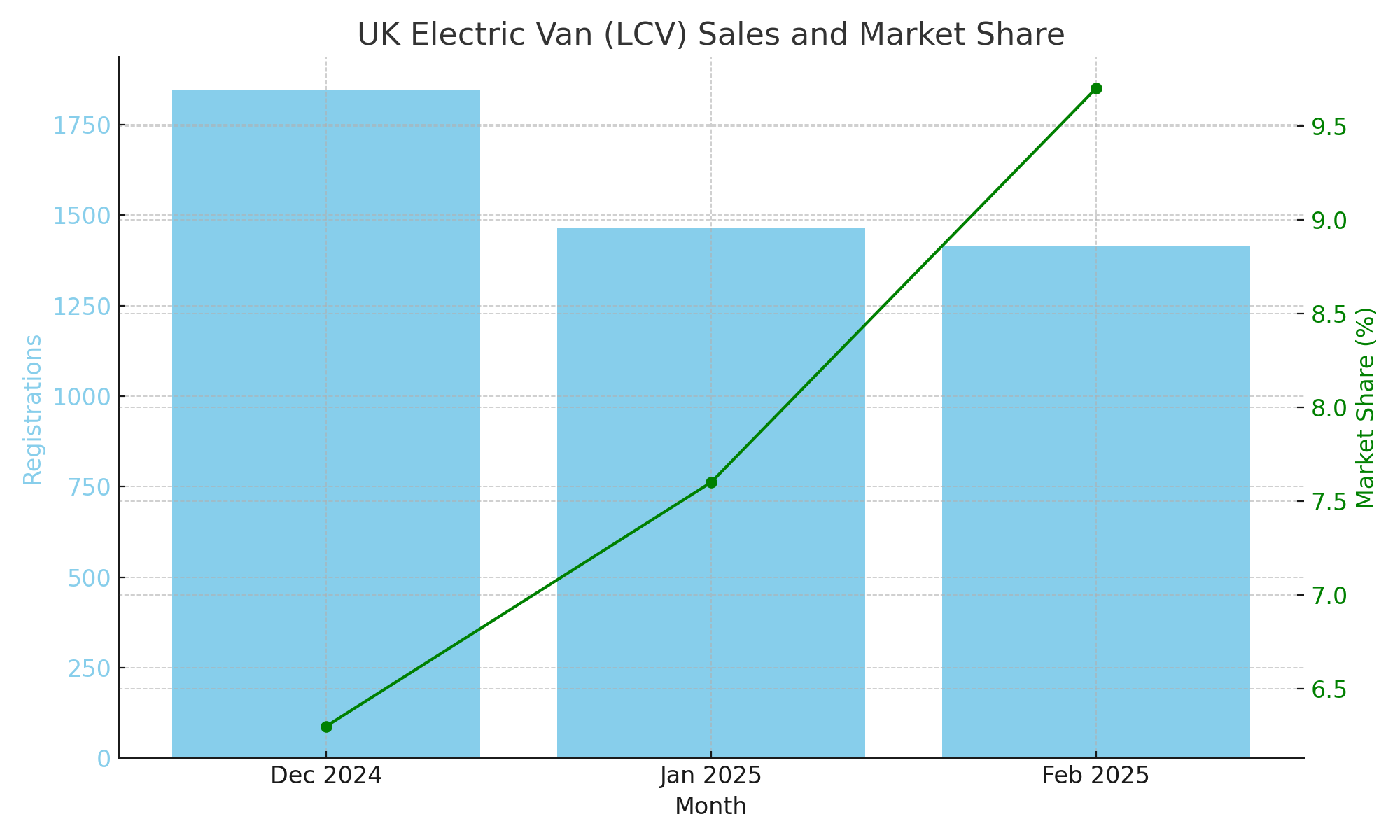 Source: SMMT
Source: SMMT
What this all means
The new driving licence rules are a clear step in the right direction for UK van drivers looking to go electric.
With weight limits eased, training rules cut, and towing allowances extended, it’s now far simpler to make the switch.
But until other rules are overhauled, particularly those affecting fleets, progress may remain slow.
More on electric vehicles and clean air
-
EVs and the London congestion charge
-
One-pedal driving explained
-
Charging EVs in flats
-
EV charging at airports
-
Are electric car drivers more likely to crash - research revealed
-
EV range in hot weather
-
How to charge electric cars in the UK
-
Should you buy an electric car?
-
How to hire an electric car
-
Electric car licence and test rules
-
Most popular electric cars in the UK
-
EV charging in France for UK drivers
Subscribe for free motoring and travel news here - support independent journalism
Most read motoring content
Take a look at more of our top motoring-related content here...
-
How much is road tax going up on 1 April?
-
My driving licence has expired - can I keep driving while I wait for a new one?
-
Do I need an international driving permit for France and Spain
-
Will I get a speeding ticket after being flashed
-
Will I get a speed awareness course instead of points?
-
How to spot a fake undercover police car
-
Can I drive in sliders in the UK - with or without socks
-
Can I vape in a car with kids in it?
-
How old are my tyres - find out instantly here
-
Are my sunglasses legal for driving?
-
What happens to a car when the owner dies?
-
How can I find out who owns a car
-
Can I book cancelled driving tests to beat the rush?
-
How far and how fast can I drive on a space saver spare wheel
-
Can I be fined if the car park ticket machine is not working?
-
Is the M6 Toll Road free in the evening and at weekends?
-
How much is the Tamar Bridge toll and when do I need to pay it?
-
How can I find out who owns a car
-
What are the black dots on my windscreen for?
-
Will I get a 6-month MOT extension because of the new Omicron variant this Christmas?
-
Are electric scooters a good Christmas present - find out the driving rules here
-
Secret parking offences you're committing revealed
Author: Pete Barden:
Twitter: @pete_barden
Pete Barden is a qualified journalist who has written and produced for publications including The Sun (thesun.co.uk), New Statesman Media Group, Whatcar? (Whatcar.com) Stuff Magazine (Stuff.tv), Fastcar Magazine (Fastcar.co.uk), Maxim Magazine and UK broadcast stations within the Heart network (Formerly GCAP). Pete specialises in motoring and travel content, along with news and production roles. You can find out more about Pete Barden on LinkedIn.






